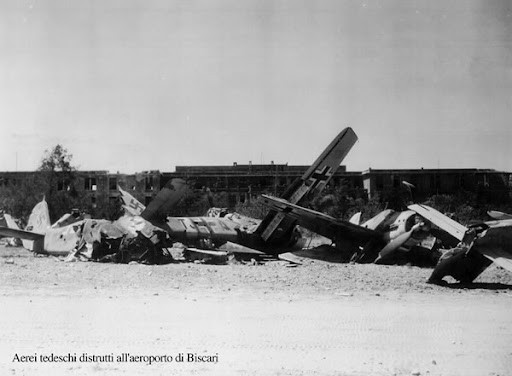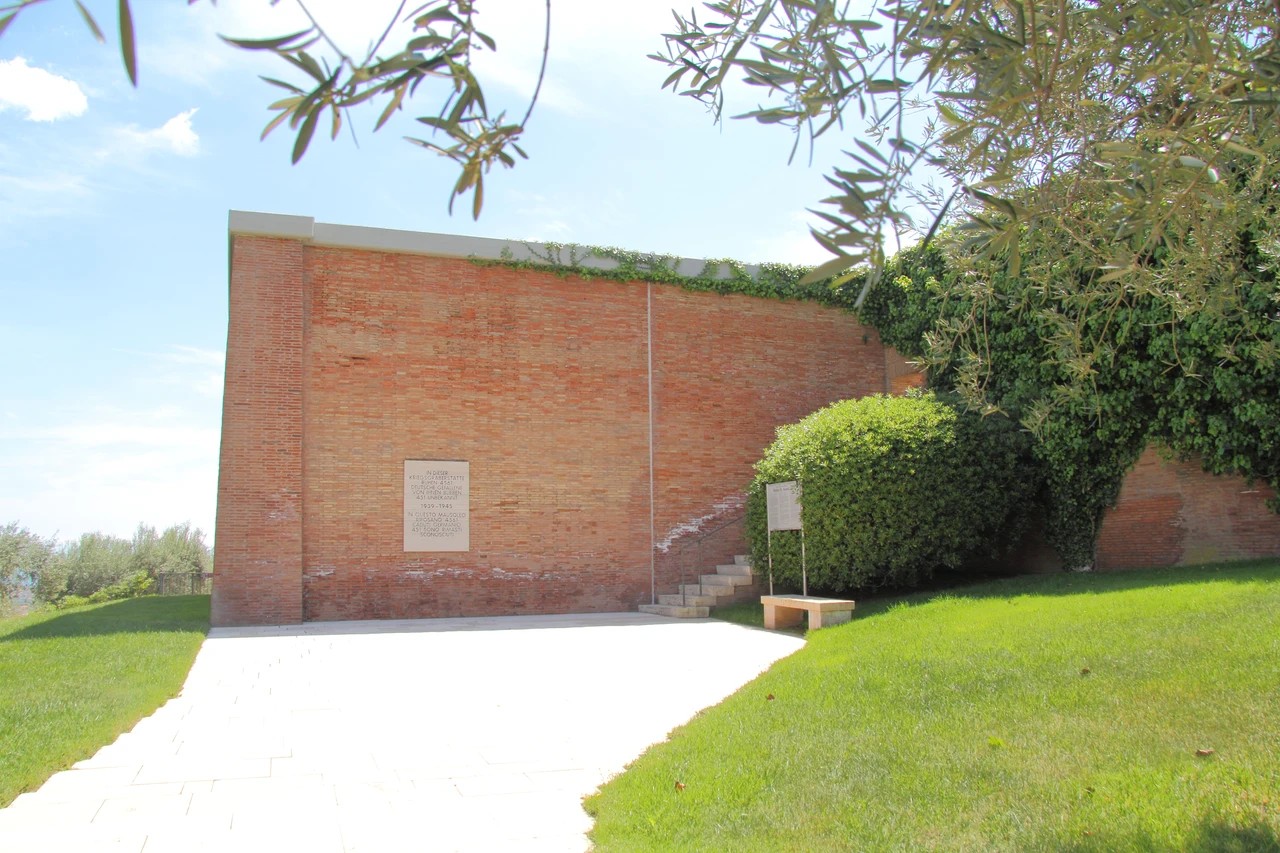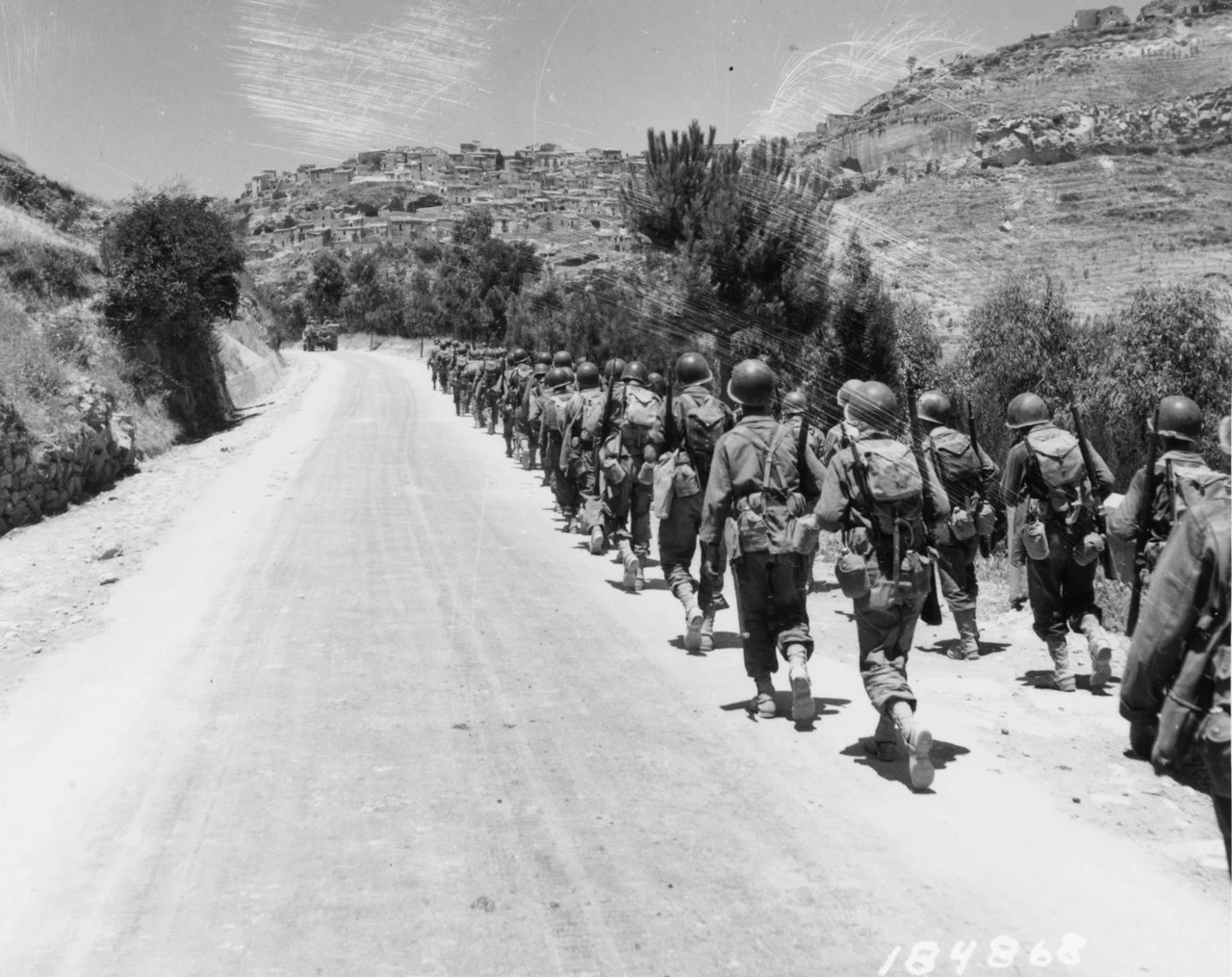Augusta Fortress
Italy
Bookmark
Plan
Share
Directions
Augusta has been an important naval base since 1934. The Museum, established in 1986 and refurbished in 2012, traces the history of the base and naval warfare in the Mediterranean.
The port of Augusta first became an important stronghold in the 16th century.
The Fascist regime upgraded the stronghold, building an airship hangar, a seaplane port and a dam. From 1934, the Navy established a naval base there for patrolling the Mediterranean, and from 1938, the Training School for Lieutenant Commanders.
In September 1941, the Piazza Militare Marittima was set up, entrusted first to Luigi Notarbartolo and then, from 8 June 1943 to Admiral Priamo Leonardi, whose Chief of Staff was Frigate Captain Luigi Gasparrini.
Despite being heavily bombed on 13 May 1943, the base remained the island's main fortification. At 10:35 on 12 July 1943, the British destroyer Exmoor and the Greek destroyer Kanaris1 entered Augusta’s roadstead and the next day the British troops entered Augusta undisturbed.
On 17 July, in two of the caves in the Brucoli channel, where many people had taken refuge to shelter from the bombardment, 50 people lost their lives because of a German lightning strike.
The base remained under temporary British control until 1946, before resuming operations in 1951, housing various departments and training centres.
Today, it is an important arsenal with a demagnetisation plant, and houses a NATO base, the headquarters of COMFORPAT (Patrolling Force Command for Surveillance and Coastal Defence), and the Autonomous Military Command of Sicily. The complex preserves various memorials, including the Terravecchia Memorial, erected in 1968 to commemorate the mission to Valletta, and the 1995 Monument, commemorating the last mission of the Second World War.
The museum collection was first established in October 1986 on the initiative of Tullio Marcon. In December 1990, the collection was opened to the public in the St. James Bastion of Castello Svevo, and Tullio directed it until his death in 2006.
The museum was closed temporarily in January 1996, and then reopened in 2009. Since May 2012, the collection has been housed in the Palazzo di Città (City Palace), where it can be visited today.
The purpose of the Museum is to catalogue, preserve and exhibit relics, historical artefacts, photographs and various documents concerning the city of Augusta, the air force and the navy. Particular attention is paid to Operation Malta 2 and the sinking of the Conte Rosso in 1941.








